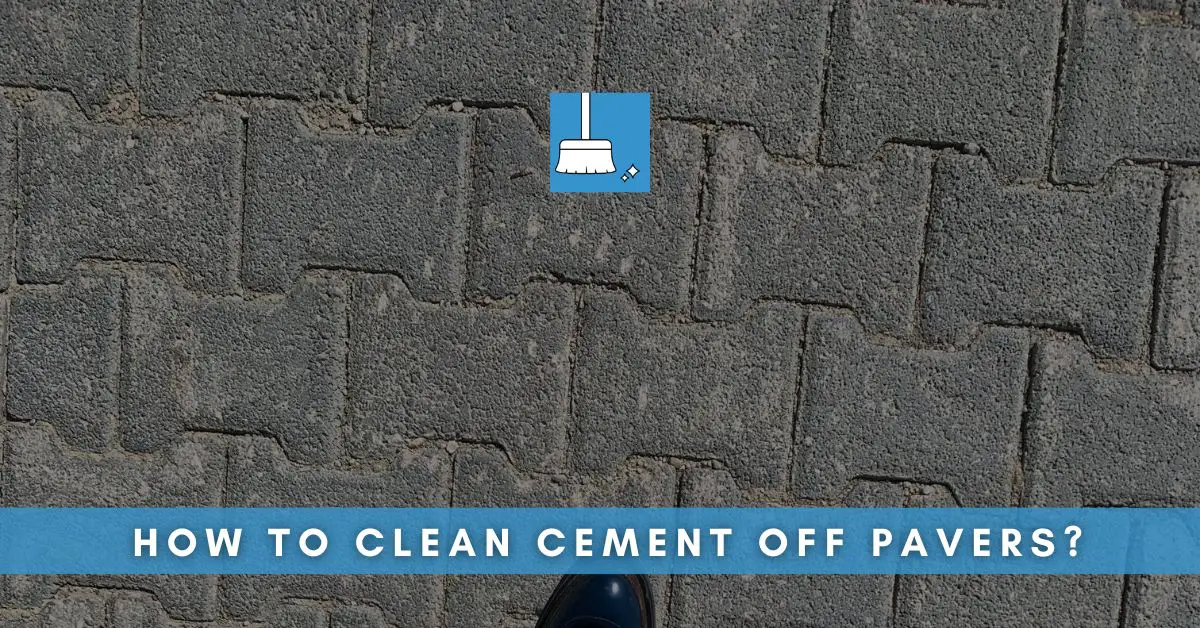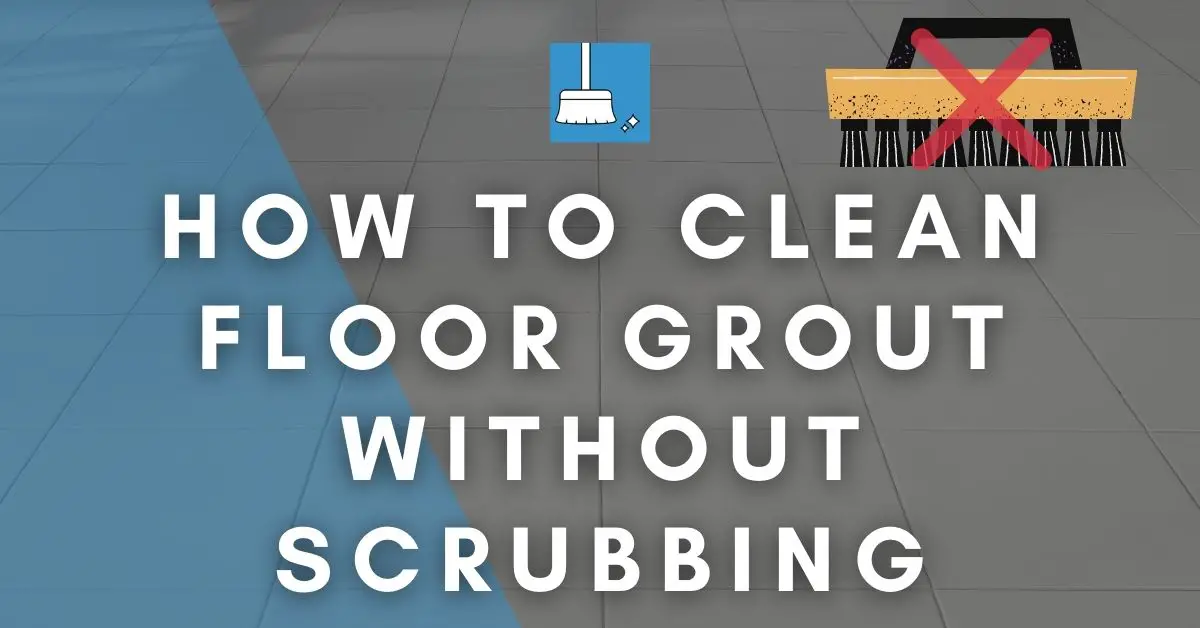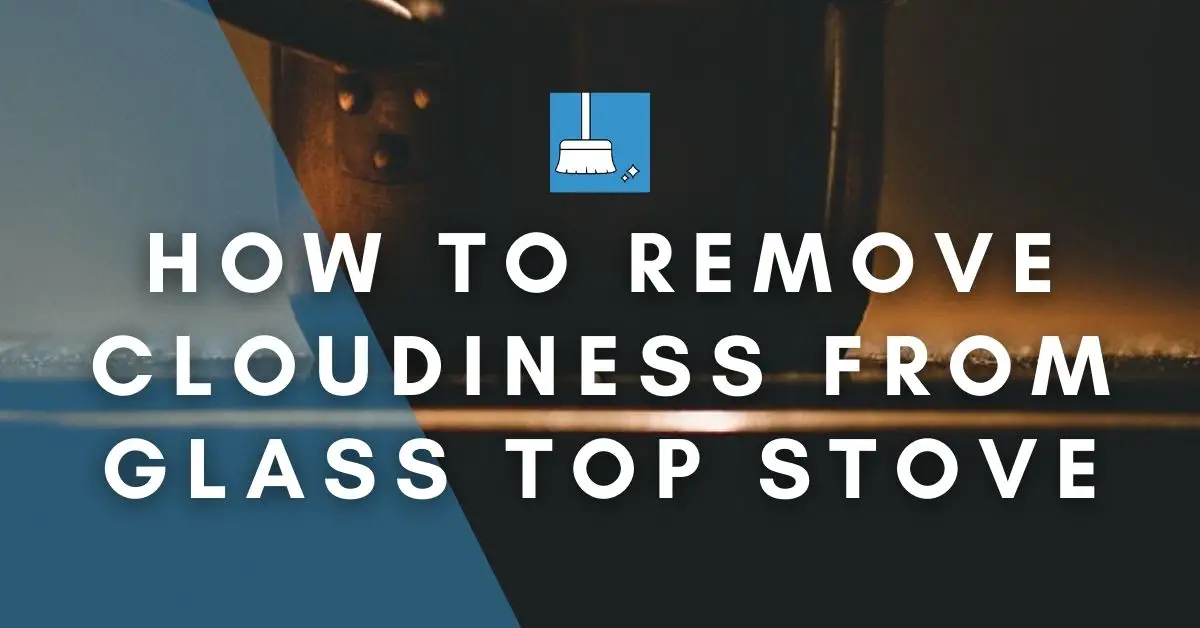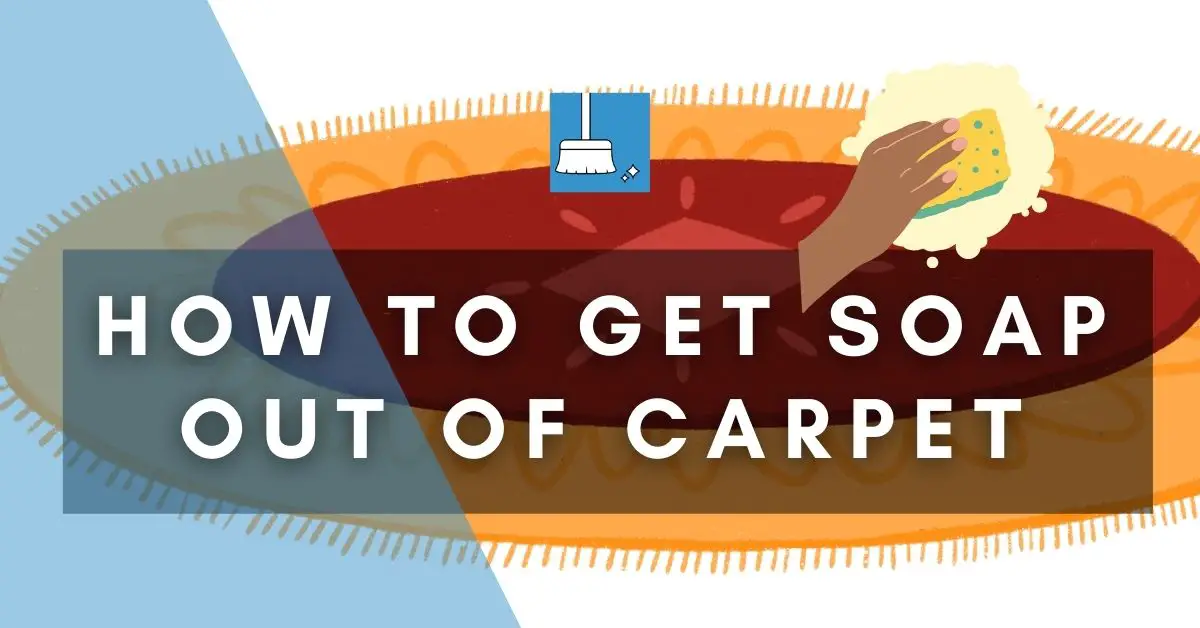After a renovation project by the builders, ugly cement splatters and stains can dry up on the paving walkways and can become difficult to remove later on. On Some pavings that are dark colored (such as tan), these cement stains can really make themselves noticeable if not quickly cleaned. Is it still possible to clean them up then?
How to Clean Cement off Pavers?
We’ll see the methods to remove both the wet mortar spills as well as the dried cement stains from the pavers. The methods used to remove cement off pavers are not much different from that of removing cement off bricks.
If the Cement / Mortar Has Dried
If the cement has been sitting there for a while and you have some stuff already kept on the pavers, it is time to remove any furniture, potted plants, chairs or tables from the surface.
You’ll Need
1- Safety glasses/gloves
2- Chisel & hammer
3- Hard bristled brush or wire brush
4- Hot water
5- Rag
6- Mineral spirits or muriatic acid
7- Sprayer or hand pump (Optional)
8- Bucket
9- Ammonia
Steps
STEP 1- If there are big chunks of dried cement that need to be removed before cleaning, Wear safety glasses so that the bits of cement coming off don’t get into your eyes.
STEP 2- Carefully use a chisel (at an angle) along with a hammer, to give gentle strikes to the dried mortar lump. Don’t be too hard in striking and don’t strike the paver itself to prevent it from cracking. Continue this method on all the areas of the cement paving where you see dried cement stuck to the surface.
STEP 3- After you’re done breaking all the mortar, sweep the area using a hard bristled brush (non-metallic if the pavers are made of concrete) and collect all the broken pieces of cement on a dustpan. Dispose the cement of.
STEP 4- We can now take off the thin layer of the dried mortar from the pavers.
Pour hot water over the pavers and scrub the surface with the wire brush (for non-concrete pavers) or a hard plastic brush (for concrete pavers) and wipe away the loosened cement. This should remove much of the cement /mortar stains from the surface.
Only using this step may even fully remove the mortar stains if they are less extensive.
STEP 5- There are 3 ways of removing the remaining cement film from pavers: One using Muriatic acid and other using Mineral Spirits. If you don’t have your gloves on already then it’s time to wear them now.
# Using Mineral Spirits
Pour mineral spirits in a spray bottle and spray it undiluted on the dried cement film on the pavers. Let the liquid stay on the surface for half a minute to a minute.
Use a clean rag to wipe the pavers.
# Using Muriatic Acid
This is the most effective and yet the most dangerous methods of all.
1- Fill a bucket with about a gallon of water and slowly add a cup of muriatic acid to the water. Don’t make the solution the other way around by adding water to the acid as that can make the acidic solution to splash on you causing much harm. Let the solution rest for about 10-15 minutes.
2- Pour plain water over the cement pavers to wet them and soften the cement a bit and also to prevent staining of the cement pavers as applying acid to dry pavers can leave yellow stains behind.
3- Now, you can either pour the acidic solution into a sprayer (hand held pump which are available in home depot and other hardware stores) and generously spray the cement stains on the pavers or you may apply this acidic solution directly to the pavers using a brush.
4- Upon coming in contact with the mortar, the acid will start to bubble which is a sign that the acid is working. Without waiting, Use a stiff bristled brush to scrub the mortar stains on the cement pavers.
5- In another bucket filled with a gallon of water, add a cup of household ammonia to it. Pour this solution over the pavers and also the surrounding surfaces (including grass and plants) where the acid might have touched. Ammonia will prevent any damage by the acid as it neutralizes the acid.
6- Now that the acid is neutralized, you can rinse it away.
STEP 6- Using a hose, wash the whole paving area to which the acid was applied. If the area is small, you can simply wash it with water from a bucket.
Using Pressure Washer to Remove Dried Cement from Pavers
This method will work as long as the cement stuck to the pavers is a thin film or the stains are not extensive.
You should practice caution while handling paver blocks or bricks with a pressure washer as direct 90 degree angle can damage the surface.
You’ll Need
1- Vinegar
2- Pressure washer
3- stiff bristled brush
Steps
STEP 1- Use a stiff brush to scrub the surface a little bit so that the cement loosens up.
STEP 2- Pour vinegar directly on the cement stains to dissolve the dried cement.
STEP 3- Then, hold the power washer at a 40 degree angle and at a 15 inch distance from the surface. Start running it over the pavers using a sweeping gestures and don’t hold the washer in one spot for an extended period of time. Start from the high end of the paving and work your way down.
If the Cement / Mortar Is Still Wet
You’ll Need
1- Putty Knife/Scraper
2- Cotton Rag
3- Water
4- Laundry detergent
5- Soft brush
6- stiff bristled brush
Steps
STEP 1- Use a putty knife or scraper to scrape off as much cement off the paver as you possibly can.
STEP 2-The leftover cement splatter will have to be wiped off using a tough cloth or a cotton rag.
STEP 3- Now you will need to wait for the mortar to dry of itself. This may take a few hours.
STEP 4- After the film has dried, pour water directly over the pavers to re-soften the cement splatter.
STEP 5- Now sprinkle laundry detergent over the wet pavers and use a soft brush to spread the detergent evenly over the affected area. Wait for a few minutes after that.
STEP 6- Use a stiff bristled brush to scrub the cement film out of the paving and rinse with running water from a hose or by pouring water directly over the surface. You may need to repeat this scrubbing and rinsing more than once to completely get rid of the cement stains.





